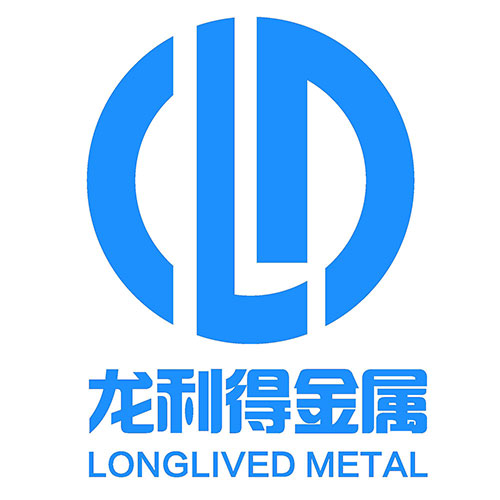Cast Steel Shot, Metal Abrasive, Stainless Steel Shot
Steel grit is often used for the treatment of metal surfaces, and the products treated with steel grit can meet national standards. Steel grit is one of the commonly used abrasives and is made from selected raw material scrap steel. Steel grit is currently an ideal high-quality material for cleaning, blasting, rust removal and strengthening at home and abroad. High-quality steel grit products have moderate hardness, strong toughness, and impact resistance. They can be used repeatedly for several times. At the same time, they have long service life, good resilience, strong adhesion, fast cleaning speed, low sand consumption, no breakage, and high brightness for cleaning workpieces. Technical effect Good and many other features.
This is also the advantage of high-quality steel grit. The treatment effect of inferior steel grit is greatly reduced, so how to check whether the steel grit is qualified? 1. Hardness. The steel grit is too soft, which will slow down the cleaning speed and reduce work efficiency. During sandblasting, too soft steel grit cannot generate suitable residual stress, and the force of low-hardness sand cannot be compensated by increasing the impact time. If the hardness is too high, it will produce an unsatisfactory surface morphology, increase the probability of sand breaking, make the consumption too high, and wear more equipment and increase equipment maintenance costs, so proper hardness is also critical. Second, the microstructure. The microstructure of steel grit must be able to resist deformation and reduce energy loss and increase or decrease fatigue life when acting on the working face. Tempered martensite is the most fatigue-resistant. In addition, brittle carbides must be reduced in the microstructure and microstructure, otherwise it will cause premature fracture of steel grit and increase the amount of use. 3. Chemical composition. Determines the microstructure of the steel grit and the effect of subsequent heat treatment. The carbon content should be moderate. Silicon and manganese can improve the strength and hardness of the steel grit, so it should be as high as possible. Sulfur and phosphorus are harmful elements, which are easy to make steel grit brittle and lead to premature rupture, so they should be kept as low as possible. 4. Fatigue life. Fatigue life is the ability of steel shot grit to resist breakage when applied to the work surface, and the abrasive with the longest fatigue life will be the most economical abrasive if it can transfer the proper amount of energy to cleaning. 5. Physical defects. The steel grit must contain as few physical defects as possible that would cause the abrasive to crack. Due to the production process used, there will always be certain such physical defects in steel grit. There must be corresponding processes in production to control to reduce the proportion of defective particles. The above is the whole content of the standard for testing the quality of steel sand, I hope it can be helpful to everyone.





